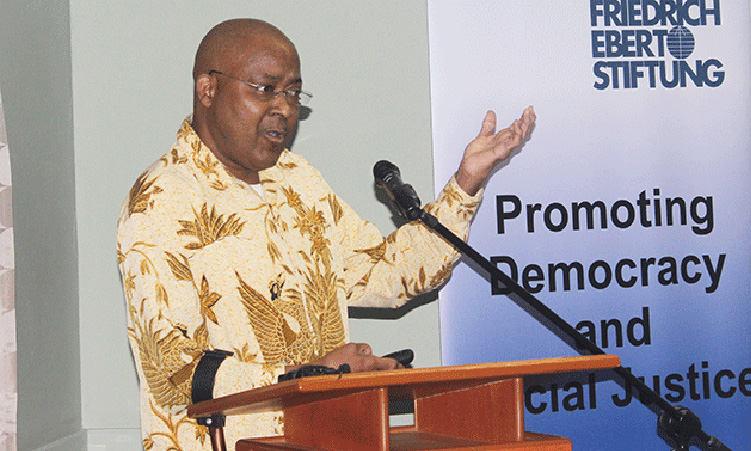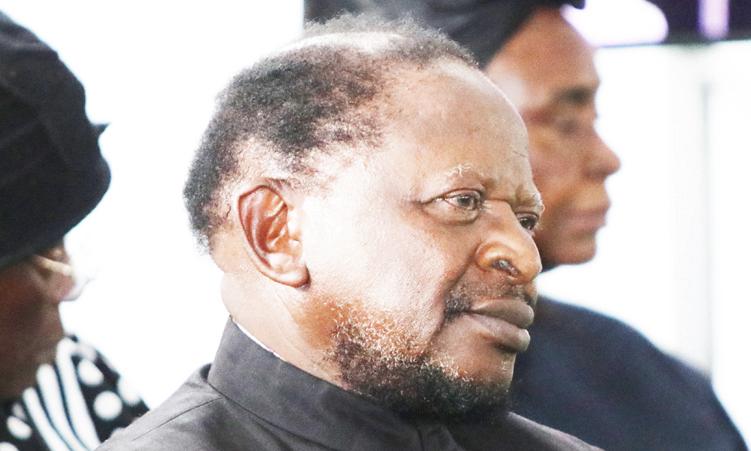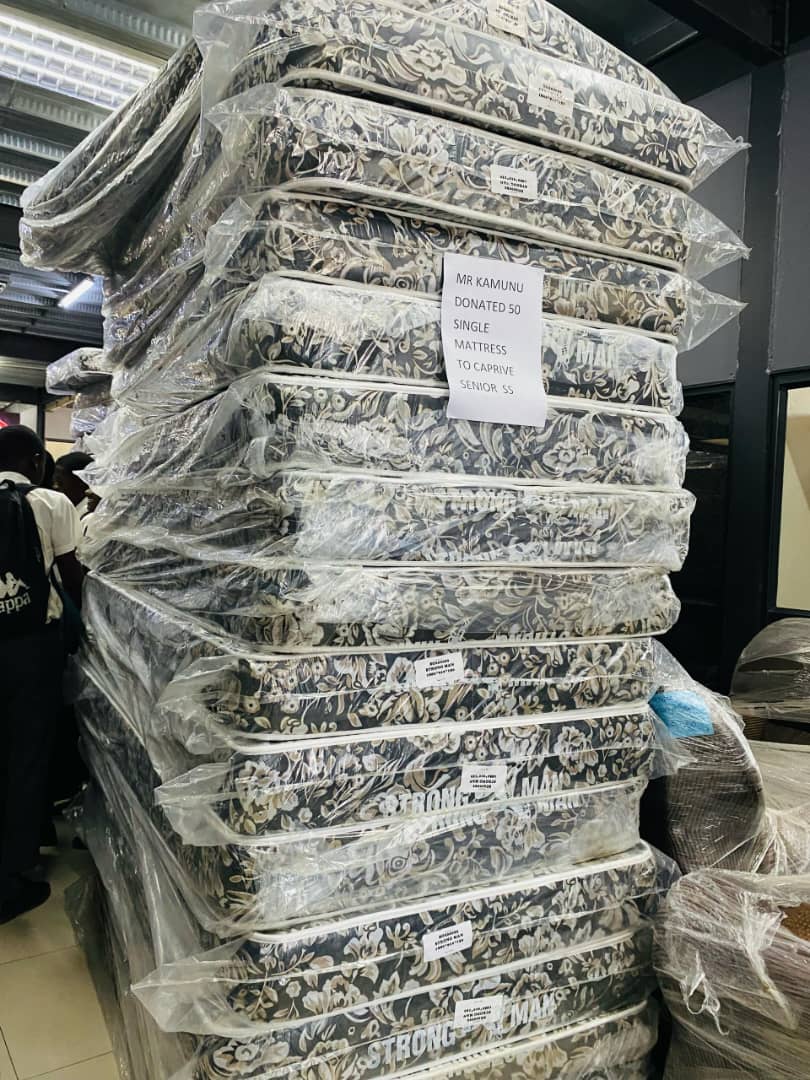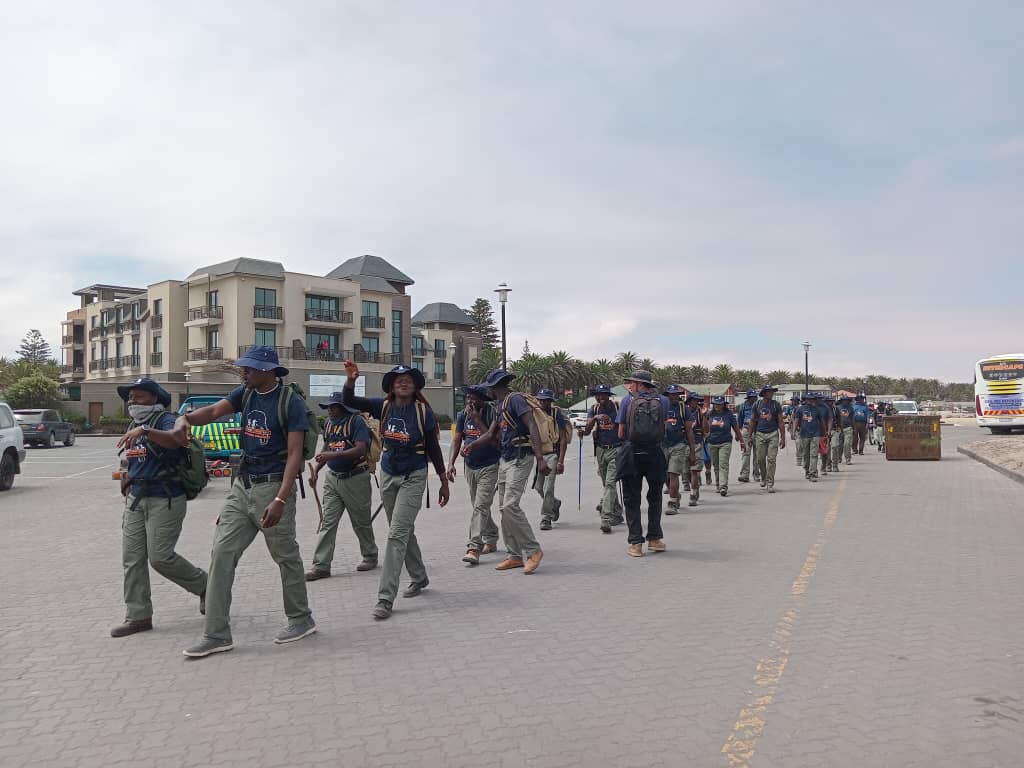Namibia continues to rank as the second most unequal country in the world.
According to the World Bank report updated in March, with a Gini index of 59,1 Namibia was second to South Africa.
The Gini index measures the extent to which the distribution of income among individuals or households within an economy deviates from a perfectly equal distribution.
The reports say the duality of the labour market, combined with slow job creation and low primary-sector productivity has resulted in very high unemployment figures in Namibia.
Last year, the report found that the Southern African Customs Union member states (Botswana, Eswatini, Lesotho, Namibia and South Africa) represent the world’s most unequal region though there are differences across countries, with Namibia and South Africa distinctly having higher inequality than the rest and Lesotho the least.
Economist analyst Omu Kakujaha-Matundu says a country with such high inequality rates will not have a large middle class.
“It will have low purchasing power and won’t stimulate the economy through consumer spending, leading to low economic growth,” he says.
Kakujaha-Matundu says the long-term consequence of such extreme wealth inequality is compromised peace.
“It is indeed a powder keg, waiting to explode. As poverty begins to bite, people will lose patience.
“Cost-of-living demonstrations can be the order of the day. It could get worse, as those deprived can be a recruiting ground for terrorist groups, and the peace Namibia has experienced so far will be compromised,” he says.
Kakujaha-Matundu suggests implementing deliberate redistributive policies, such as a universal basic income grant.
In June, prime minister Saara Kuugongelwa-Amadhila said almost half of the country’s population is faced with poverty.
“If you look at the new formula to calculate poverty, close to 50% of the population is living under [below the breadline],” she said.
Economist Salomo Hei says Namibia has a huge disparity between the haves and the have-nots in Namibia.
“The only way we can ensure that this economy bridges the gap is by expanding the economic cake. That is, to get some level of inclusive growth,” he says, adding that long-term effects of unequal wealth distribution could contribute to a lack of social cohesion.
Hei said there is a need to move towards inclusive growth and labour-intensive sectors that have high absorption capacity such as in agriculture and tourism.
He also encouraged value addition in the primary sectors and more policy certainty, especially given the discovery of oil.
“We want to see the impact of the green hydrogen [project],” he says.
Local economist Theo Klein says the effect of unequal wealth distribution all depends on the patience of the poor and whether those in power can increase the incomes of the poor.
“In Namibia, high income inequality has led to a high asset inequality. Affordability of crucial assets such as housing has deteriorated for most Namibians,” he says.
Klein says the government can improve access to proper education and health services, instead of public officials using private hospitals and private schools, while the majority of the nation uses inadequate public hospitals and schools,” he says.
Last year, the World Bank said at least 200 000 more Namibians were pushed into poverty during the first year of the Covid-19 pandemic.
The number of poor people in Namibia is measured in terms of the upper middle-income poverty line at N$84,43 (US$5,50) per person per day using the 2011 purchasing power parity terms.
Stay informed with The Namibian – your source for credible journalism. Get in-depth reporting and opinions for
only N$85 a month. Invest in journalism, invest in democracy –
Subscribe Now!










